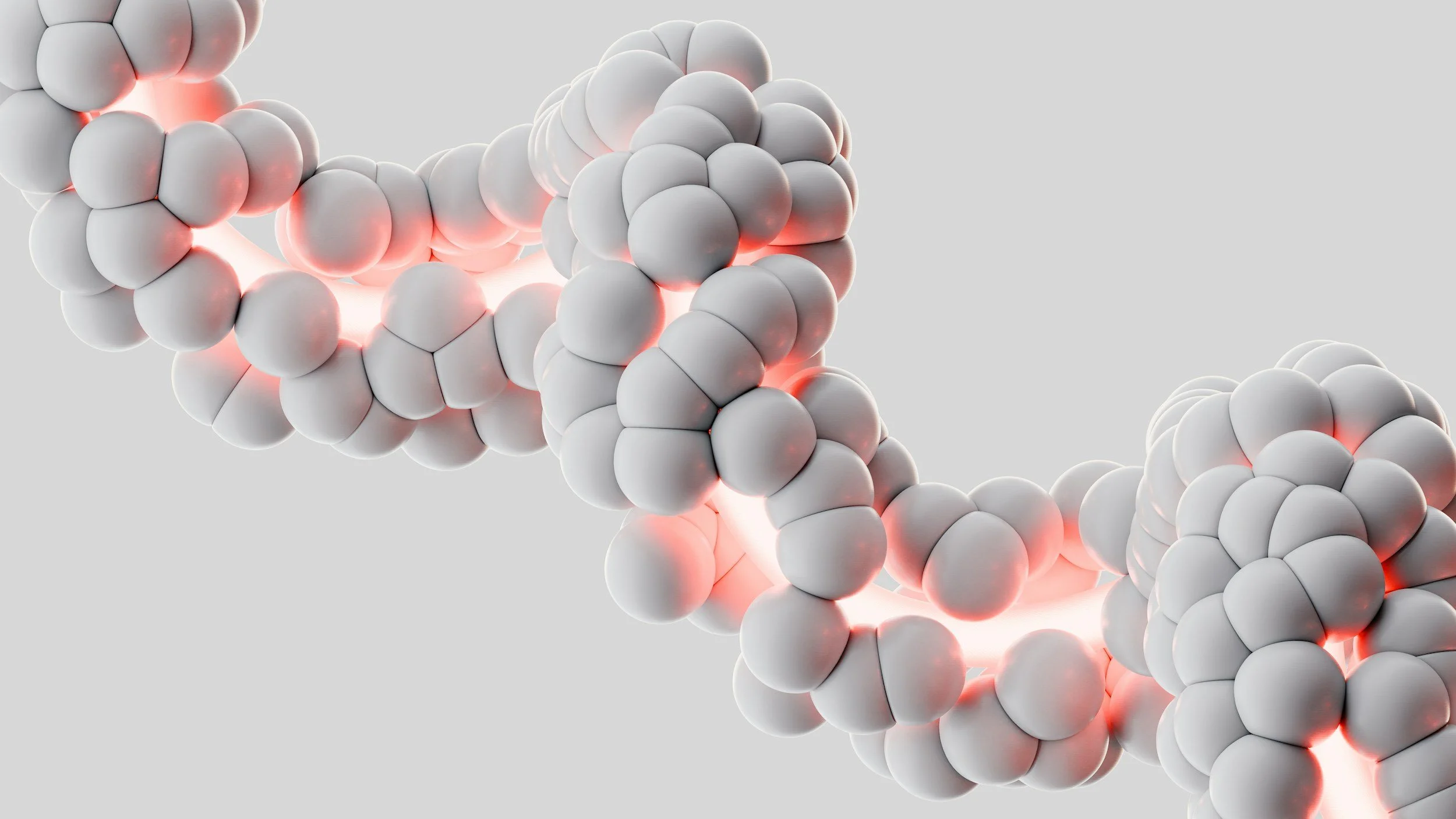
Research (2023): The Porn Loop: How Stress, Dopamine, and Shame Feed Each Other
Research (2023): The Porn Loop: How Stress, Dopamine, and Shame Feed Each Other
Privara, M., & Bob, P. (2023). Pornography consumption and cognitive-affective distress. Journal of Nervous and Mental Disease, 211(8), 641–646. https://doi.org/10.1097/nmd.0000000000001669Click here to download the research paper.
The Science:
Research indicates that excessive and recurrent consumption of pornography exhibits similarities to other addictive behaviors. The identical reward pathways that react to narcotics or gambling—particularly those influenced by dopamine—are engaged in the process. The incessant novelty and intensity of online sexual content leads to overstimulation of brain regions associated with sexual motivation and reward, such as the medial preoptic area and the nucleus accumbens. With time, the brain increasingly responds more intensely to stimuli associated with online excitement than to actual partners. This continual overstimulation can disrupt the brain's inherent equilibrium, complicating the process of acclimatizing to stimuli in a healthy manner and leading individuals to become increasingly fixated on sexual triggers. When actual experiences diverge from the brain's expectations formed by online content, the system acknowledges this discrepancy, hence intensifying the inclination towards digital stimulation. The interplay of stress, emotional turmoil, and disputes regarding identity or values might culminate in a cycle that heightens the likelihood of compulsive sexual behavior and its associated emotional repercussions.
Plain Language Breakdown:
The research highlights how pornography affects the brain’s reward system. Repeated exposure to highly stimulating sexual images increases dopamine activity and can create a sensitization effect, where the brain becomes more responsive to pornography cues and less responsive to real-life intimacy. Over time, individuals may find that their arousal patterns are shaped by novelty, fast-paced stimulation, and digital imagery, which can make real-life connection feel flat, boring, or even difficult to sustain. This neurobiological shift does not happen because someone is morally weak—it happens because the brain adapts to whatever gives it the strongest signal. Understanding this makes it easier for people to rebuild healthier patterns rather than blame themselves.
Another theme in the research is the strong internal emotional conflict many people feel around their porn use. Individuals often report guilt, shame, or a sense that their behavior does not align with their values. For some, especially those with religious backgrounds or strong personal beliefs about sexuality, this creates a painful internal split. In a brutal twist a defeating perpetual motion cycle begins as these difficult emotions - or inner tension - can increase the urge to use pornography again as a way of escaping the distress. The cycle becomes self-perpetuating: the behavior provides brief relief, which is followed by shame, which then increases the desire for escape. Engaging, assessing, understanding one’s own identity and then further breaking down this internal conflict will help as true understanding is the beginning of relief from shame. In doing so, this is helping individuals align with their authentic self, their true values - not their perceived values - which is a much more potent method to sustainable sexual integrity, certainly much more so than self-shame or ‘trying harder’ this time.
The article also raises concerns about the effects of unrealistic sexual imagery on developing sexuality. Adolescents who grow up exposed to pornography may form distorted beliefs about sex, intimacy, consent, and body image. Research shows that early exposure can lead to objectification, performance anxiety, and confusion about what normal sexual interactions look like. For many young people, pornography becomes their primary sex educator, which can leave them with unrealistic expectations and anxieties about their own appearance or desirability. Helping individuals explore where their sexual scripts come from—and whether those scripts truly serve them—can be profoundly healing.
Finally, the article emphasizes the deep connection between pornography use and emotional distress. Many individuals who rely on pornography struggle with anxiety, depression, attachment wounds, childhood adversity, or interpersonal disconnection. Porn use often becomes a symptom of deeper emotional pain, not the root cause of it. When mental health professionals focus on the underlying stress, trauma, or emotional dysregulation, clients often find that their compulsive behavior naturally decreases.
Taken together, this research points toward a more nuanced understanding of pornography use. It is rarely just about sex. It is more often about coping, identity, connection, and the ways the brain learns to respond to stimulation. When people understand these patterns, they can approach change with less shame and more clarity about what truly needs attention.
Key Takeaways
Frequent exposure changes the brain's reward circuits, making real-life closeness feel less engaging
Pornography use is frequently an emotional coping method rather than just a sexual activity (“It’s not about the boobs and the butts).
Identity struggle, shame, and guilt can make the compulsive cycle worse.
Impaired intimacy scripts, body image issues, and incorrect sexual expectations are all shaped by early exposure.
For change to be sustained, underlying stress, trauma, and emotional regulation problems must be addressed.
Your Brain’s Reward Circuit
Robert Malenka, MD, PhD, a professor of psychiatry and behavioral sciences at Stanford School of Medicine who has made numerous seminal discoveries about how the brain changes (neuroplasticity) in response to learning and to rewarding and reinforcing experiences.
How Your Brain’s Reward Circuits Drive Your Choices | Dr. Robert Malenka
The Team
Blair P. Bisher
Blair helps men understand, overcome and heal from problematic sexual behavior: porn addiction, sex addiction and infidelity.
Blair’s approach focuses on the person, not the “problem,” leveraging a solution-focused, empathic and empowering approach with a focus on achieving sustainable sexual integrity through identifying then meeting the underlying need.
Sessions can be scheduled directly online including same-day and evening options. Sessions are guided by a curated 14-item curriculum, and include homework to aid further development between sessions.
How to Schedule a Session: Appointments are available 6 days per week, including evening sessions. Simply click to schedule your first session, an initial consult, an in-person intensive or to join the Men’s Sexual Integrity Group.
Blair is currently a doctoral candidate pursuing his Ph.D. in Psychology with a focus on resilience and sustainable sexual integrity amongst those meeting criteria for problematic sexual behavior. He is a Certified Sexual Addiction Therapist candidate, holds two MS degrees (Clinical Mental Health Counseling and Health Administration), passed the National Clinical Mental Health Counselor exam (NCMHCE), is a professor at two universities in Boston, is a former advisory board member at Harvard Medical School (Center for Primary Care), and member of both the American Counseling Association and International Institute for Trauma & Addiction Professionals.
Jess Benedetto
Jess collaborates with couples and individual partners who have been impacted by problematic sexual behavior, sex addiction, porn addiction, and repeated infidelity and betrayal.
She helps her clients rebuild trust and a healthier vision for their partnership and themselves, working toward sexual, relational, and personal wellness and integrity. Working from a humanistic and strengths-based lens, Jess employs an eclectic approach that is trauma- and neuroscience-informed and draws from Acceptance and Commitment, Cognitive Behavioral, Narrative, and Psychodynamic therapies. As a certified yoga instructor and nature enthusiast Jess also loves to bring movement and mindfulness into her work to help her clients build healthier relationships with their bodies and minds. Her clients explore their underlying needs, where unmet and unexpressed needs lead to problematic behaviors, motivation to change those behaviors, and core values, visions, and goals to guide them toward a more fulfilling future.
Jess holds an MA in Mental Health Counseling and Behavioral Medicine from Boston University School of Medicine, has passed the National Clinical Mental Health Counselor exam (NCMHCE), and is a 200-Hour Registered Yoga Teacher with the National Yoga Alliance. She comes to the psychotherapy field after a rewarding career as an organizational consultant. Her experience helping non-profit leaders identify needs and collaborate on shared visions, values, and goals has been instrumental in her work with couples.
Our Locations
111 Speen St
Framingham, MA 01701
1100 Main Street, Suite 18
Amesbury, MA 01913
Hours (EST)
Monday–Friday
9:00 AM – 11:00 PM
Saturday & Sunday by request.














